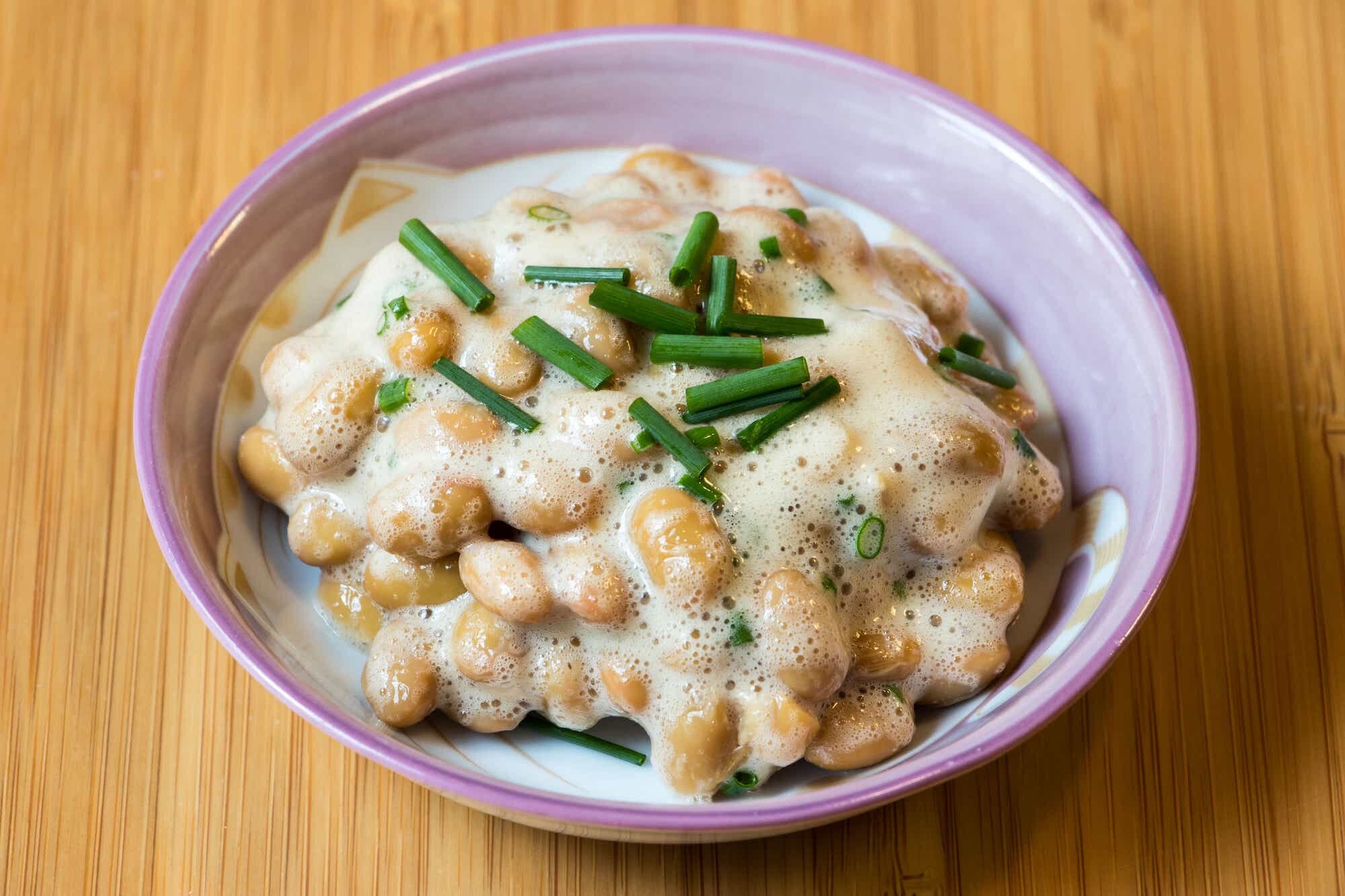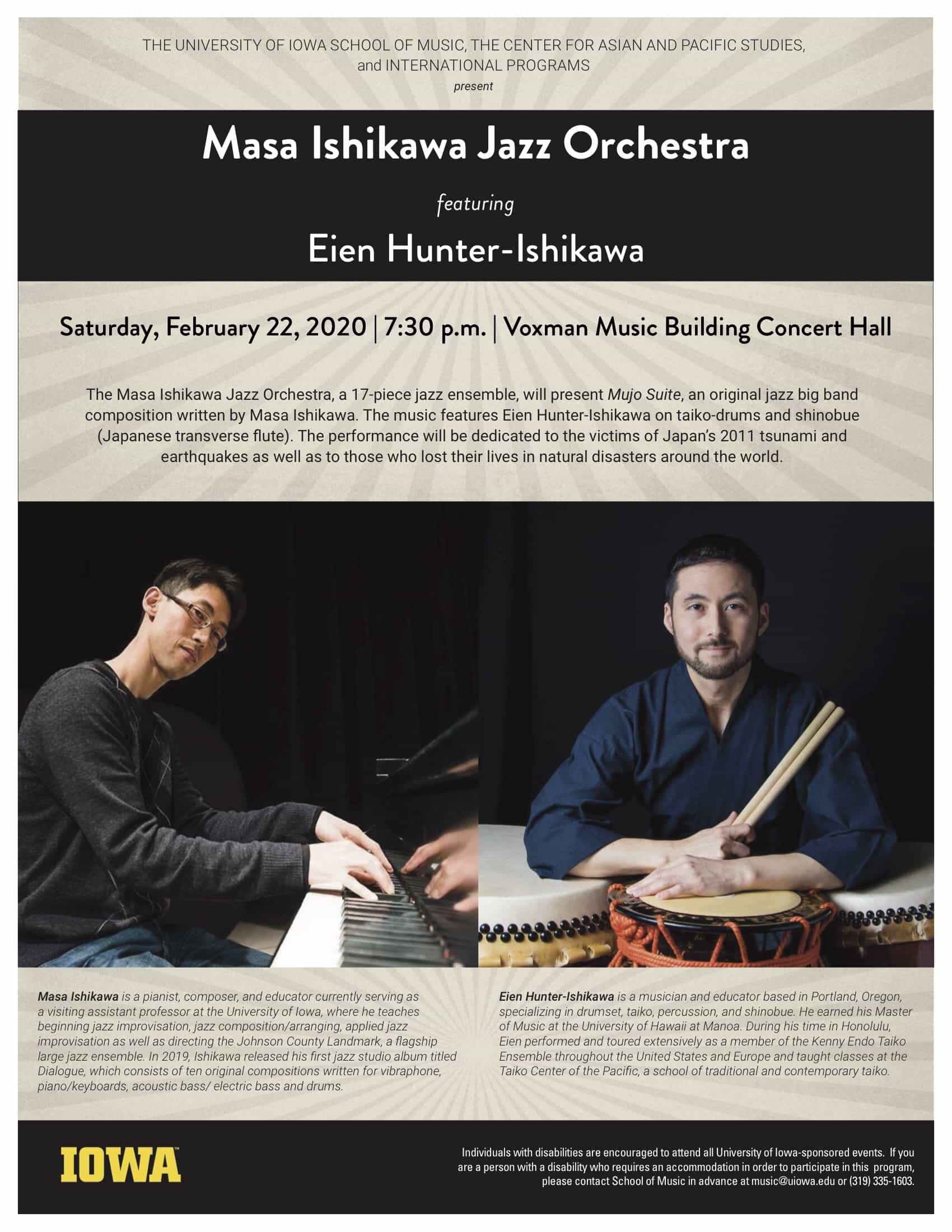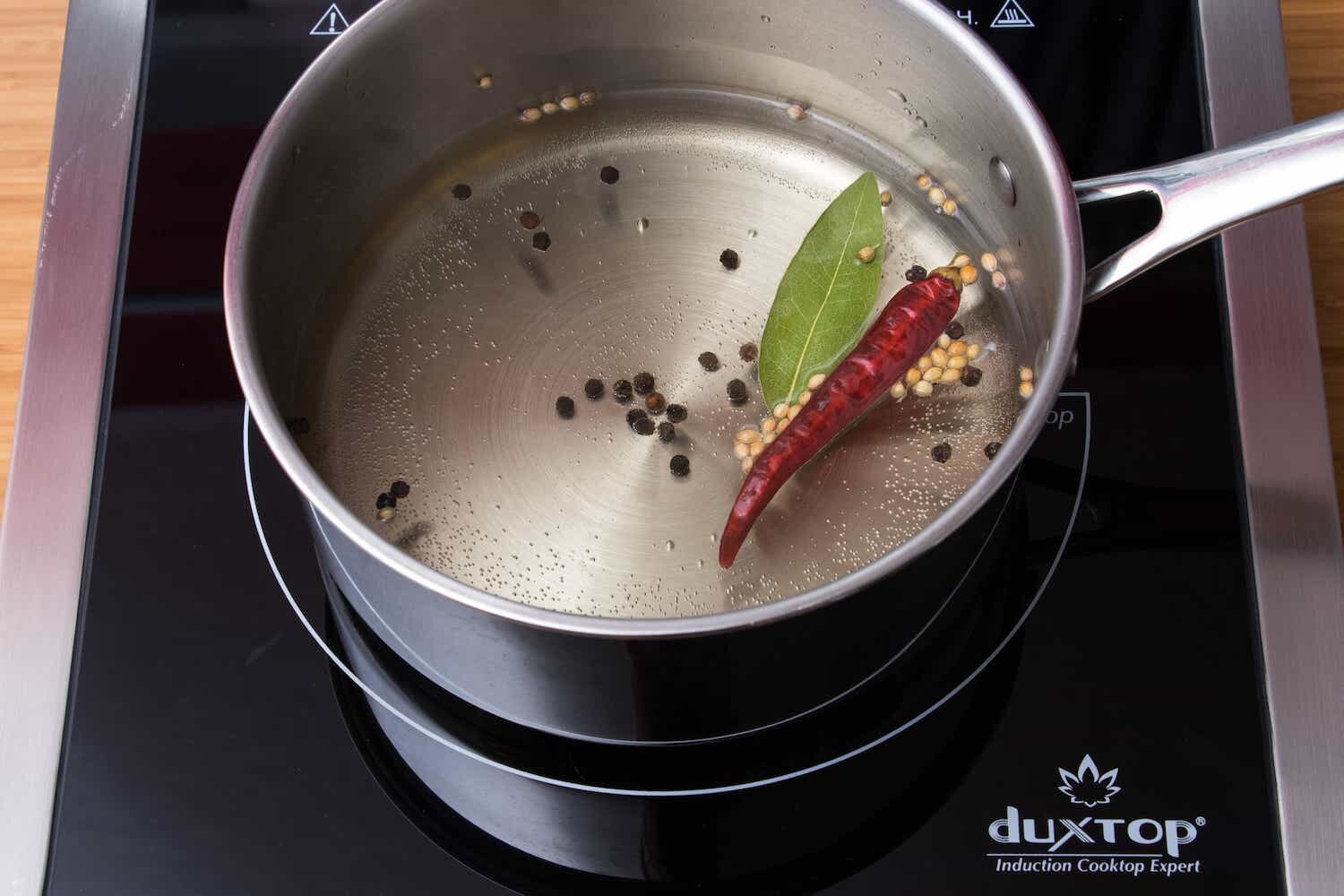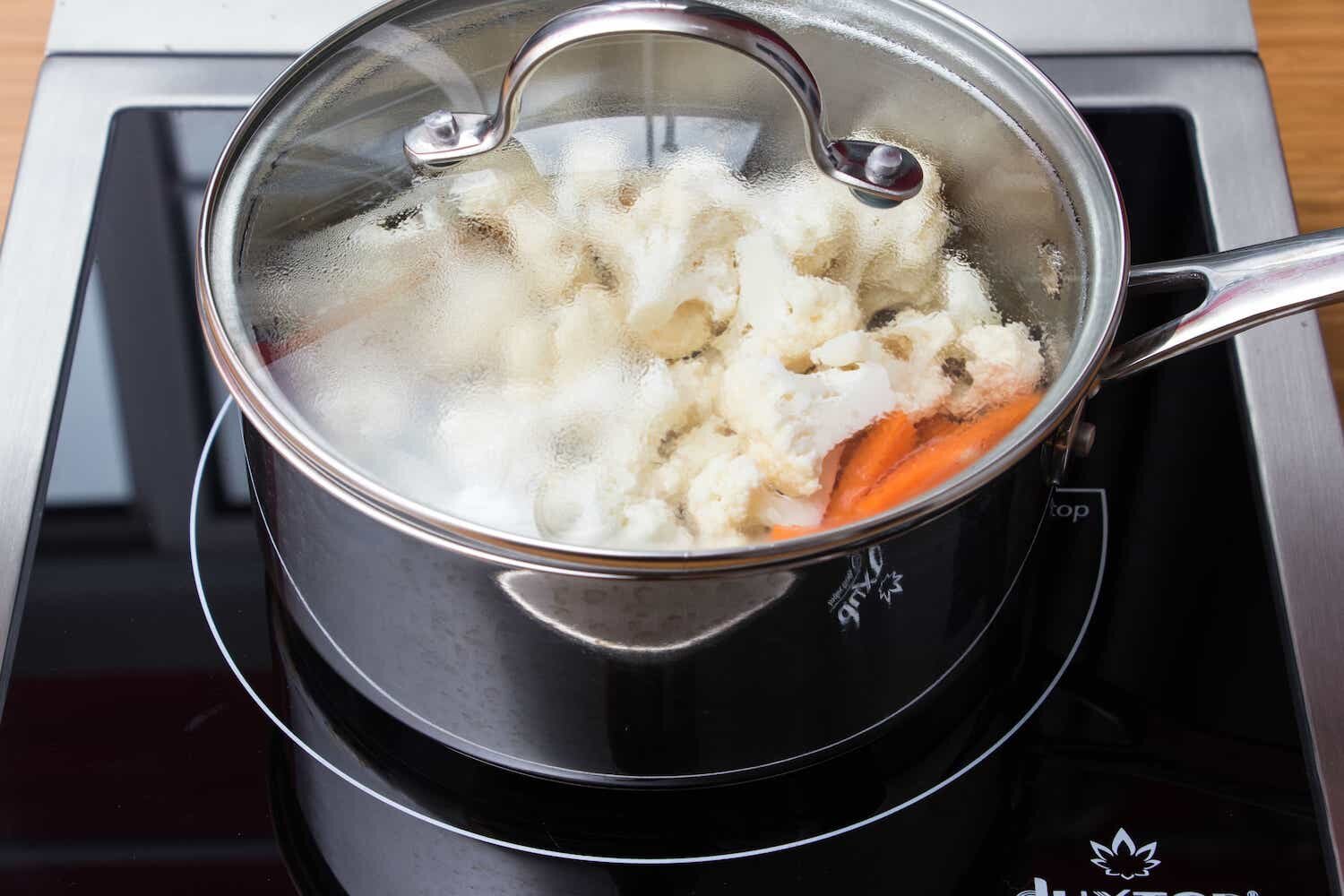Japanese Knife Sharpening Tutorial Videos

4-part Japanese Knife Sharpening Tutorial
I have been receiving requests to create how-to videos on Japanese knife sharpening. Previously, I would explain that there are already many online videos that cover this topic and therefore it was not necessary. Yet I became increasingly aware of the fact that there are actually very few knife sharpening tutorial videos which I felt comfortable fully recommending. Some of the best content is published by my sharpening teacher Jon Broida of Japanese Knife Imports, who has many excellent videos on his youtube channel. I encourage everyone to check them out. You can also learn more about Jon by reading my blog post about him.
Interview: Jon Broida of Japanese Knife Imports answers my 6 questions
https://www.eienhunterishikawa.com/blog/interview-jon-broida-knives
Japanese Knife Imports Sharpening Playlist
https://www.youtube.com/playlist?list=PLEBF55079F53216AB
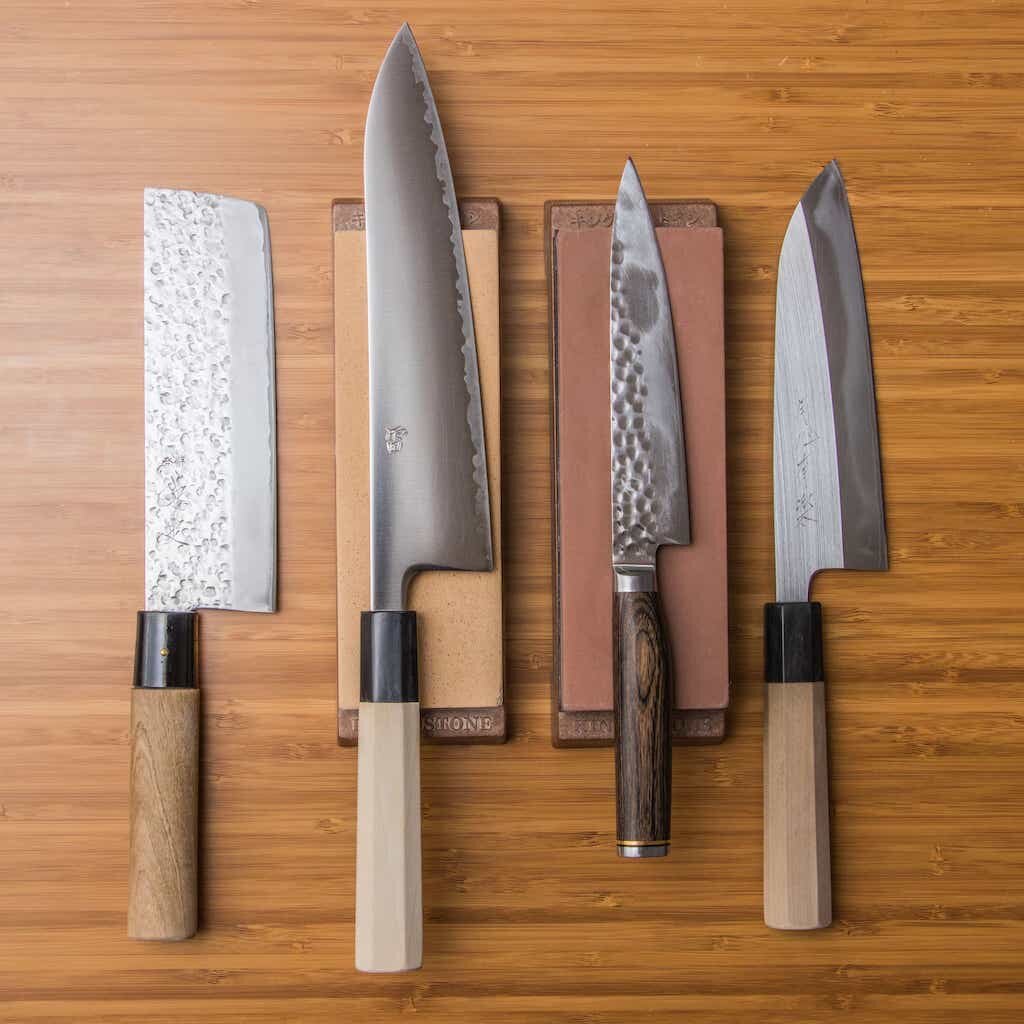
Japanese knives and sharpening stones
My 4-part tutorial covers every sharpening step from beginning to end - first on a cheap-junky knife and later on my high-quality gyuto. With just a few supplies, anyone should be able to get similar results by following my instructions and demonstrations. This method works for double-bevel Japanese and western knives, both stainless steel and carbon steel. Traditional single-bevel knives such as yanagiba and deba will require a different technique, and serrated bread knives and ceramic knives cannot be sharpened on whetstones. Practicing is important. Once your own knives are done, it’s a good idea to ask friends and family if they would like their knives sharpened. Many people worry about ruining their nice knives as they learn to sharpen, but if you start with good technique and mindfulness, it’s highly unlikely that any harm will be done. Thrift stores are also an option as they usually stock many cheap and dull knives (please be careful digging through bins of naked knives).
It is worth noting that this kind of video resource is just a starting point for learning about Japanese sharpening fundamentals. In order to establish good technique and understanding of concepts, we need to seek feedback from a good teacher and then incorporate those insights into our practice. Anyone who has taken my sharpening workshops will likely agree that our one-on-one interaction and Q&A as well as handing the knife back and forth for inspection is a crucial part of the learning process. I am available for private lessons and workshops - both online and in person - so please send me an email if you are interested in scheduling a session. Feel free to ask any questions or submit requests for future videos.
I have also made videos about Japanese knife types and sharpening supplies, which are included at the bottom of this page. If you are interested in supporting this kind of content, you can donate any amount using the button below. Thank you.
Japanese Knives and How to Choose One https://youtu.be/oGohHtSOcjY Japanese Knife Sharpening Supplies https://youtu.be/hL8Nu5cXzjU Leave questions or comment...
How to Sharpen Japanese Knives - Part 1 https://youtu.be/LG8RCqTjP30 Japanese Knives and How to Choose One https://youtu.be/oGohHtSOcjY Japanese Knife Sharpe...
How to Sharpen Japanese Knives - Part 1 https://youtu.be/LG8RCqTjP30 How to Sharpen Japanese Knives - Part 2 https://youtu.be/F_Hfz9fvXwk Japanese Knives and...
How to Sharpen Japanese Knives - Part 1 https://youtu.be/LG8RCqTjP30 How to Sharpen Japanese Knives - Part 2 https://youtu.be/F_Hfz9fvXwk How to Sharpen Japa...
Find more information about knives on my blog: https://www.eienhunterishikawa.com/blog/interview-jon-broida-knives
More information on my blog about knives and sharpening: https://www.eienhunterishikawa.com/blog/interview-jon-broida-knives














































































